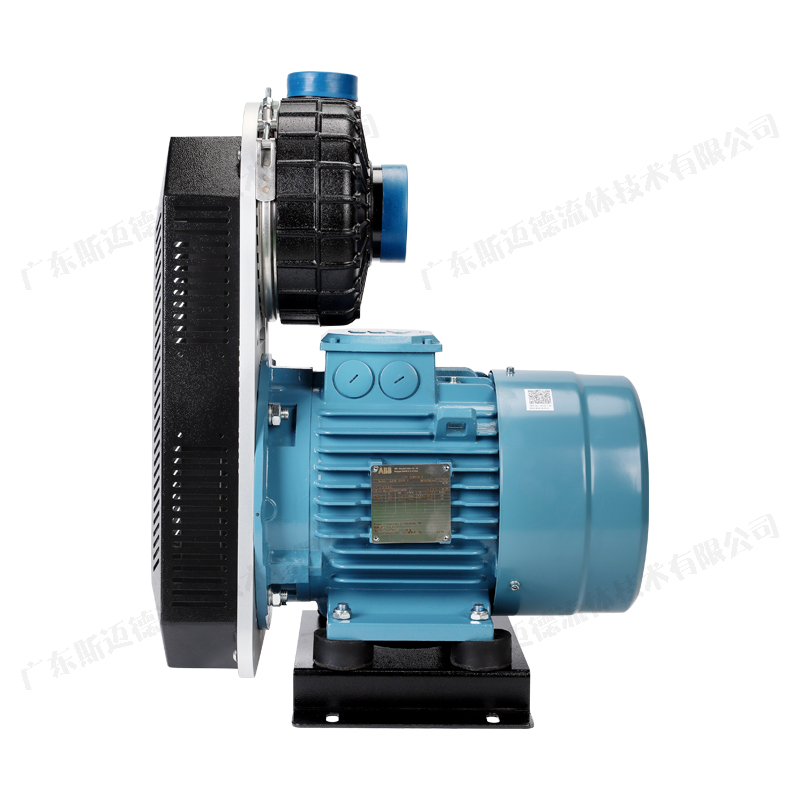Centrifugal fans and blowers are common and widely used in industrial production, but they have significant differences in structural design, working principles, and application scope. Here are their main differences:

1. Design differently
& nbsp; & nbsp; Centrifugal fan: composed of rotating impellers, with blades installed on the central shaft. The impeller draws air into the fan casing and accelerates it radially outward, generating centrifugal force and increasing air pressure. There are multiple configurations, including forward bending, backward bending, and radial blade design
& nbsp; & nbsp; Each design is suitable for different airflow and pressure requirements.
& nbsp; & nbsp; Blower: also known as centrifugal blower or squirrel cage blower, its impeller design is similar to that of a centrifugal fan. But blowers usually have a more compact, enclosed housing, smaller impeller diameter, and higher motor speed. The blades of the impeller are usually shorter and more numerous
& nbsp; & nbsp; This allows the blower to achieve higher airflow at lower pressures.
2. Different working principles
& nbsp; & nbsp; Centrifugal fan: works by converting the mechanical energy of the motor into kinetic energy in the airflow. When the impeller rotates, it accelerates the air outward, increasing its speed and pressure. The direction of airflow can be axial or radial, depending on the configuration and application requirements of the fan.
& nbsp; & nbsp; Blower: The working principle is similar to that of a centrifugal fan, using the centrifugal force generated by the impeller to move the air. However, blowers are typically designed for higher speed operation and optimized to provide higher airflow at relatively lower pressures.
3. Different application scenarios
& nbsp; & nbsp; Centrifugal fan: It has diverse application scenarios, including HVAC, industrial ventilation, dust removal, and air purification. Suitable for applications that require medium to high pressure and can effectively handle clean and dirty airflow.
& nbsp; & nbsp; Blower: Typically used for applications that require higher air flow rates, such as forced ventilation heating systems, air conditioning equipment, and industrial drying. They are able to move a large amount of air at lower pressures, making them a more popular choice.
4. Different efficiency and energy consumption
& nbsp; & nbsp; Centrifugal fan: Efficiency depends on factors such as impeller design, motor efficiency, and system resistance. Although centrifugal fans can achieve higher efficiency, they may consume more energy than blowers.
& nbsp; & nbsp; Blower: Known for its high efficiency, especially in applications that require high airflow at lower pressures. Compact design and high-speed operation contribute to energy conservation.
In short, it is crucial to consider practical application requirements and working environment when choosing industrial fans. Centrifugal fans are suitable for scenarios with various airflow and pressure requirements, especially performing well in applications that require medium to high pressure. Blowers are more suitable for applications that require high airflow at lower pressures, such as HVAC and industrial drying. Fully understanding the characteristics of these two types of fans can help make the best choice and ensure the efficient and economical operation of the equipment. ????







